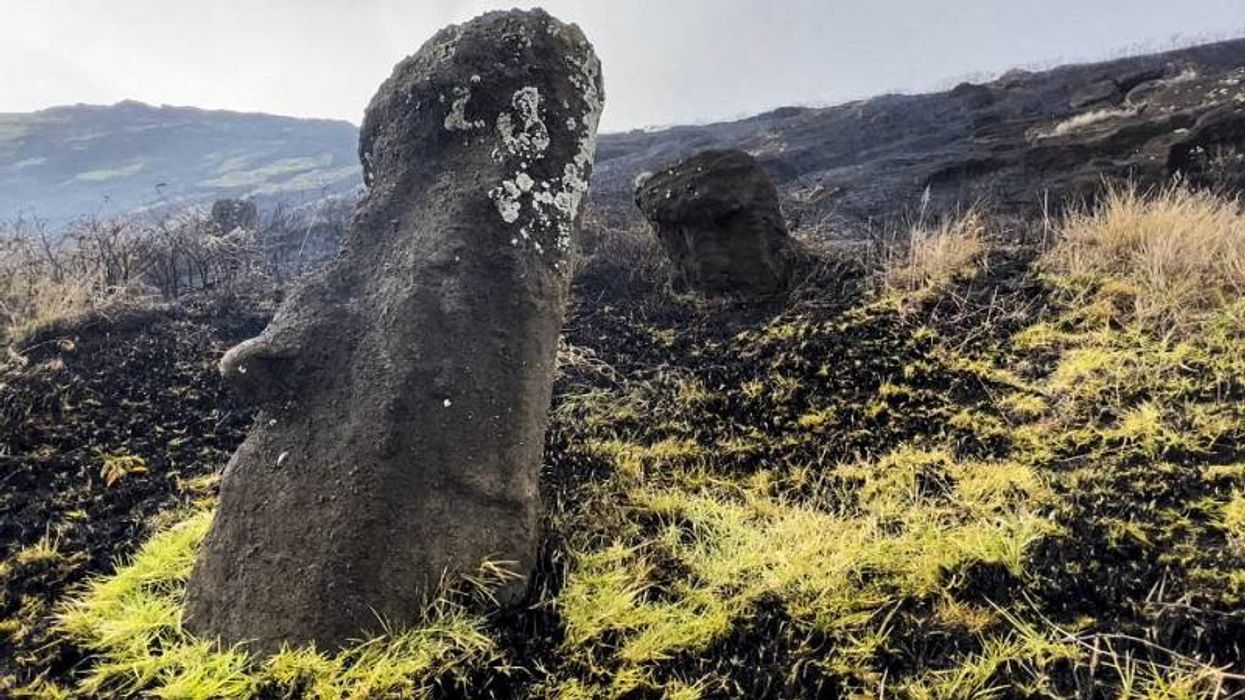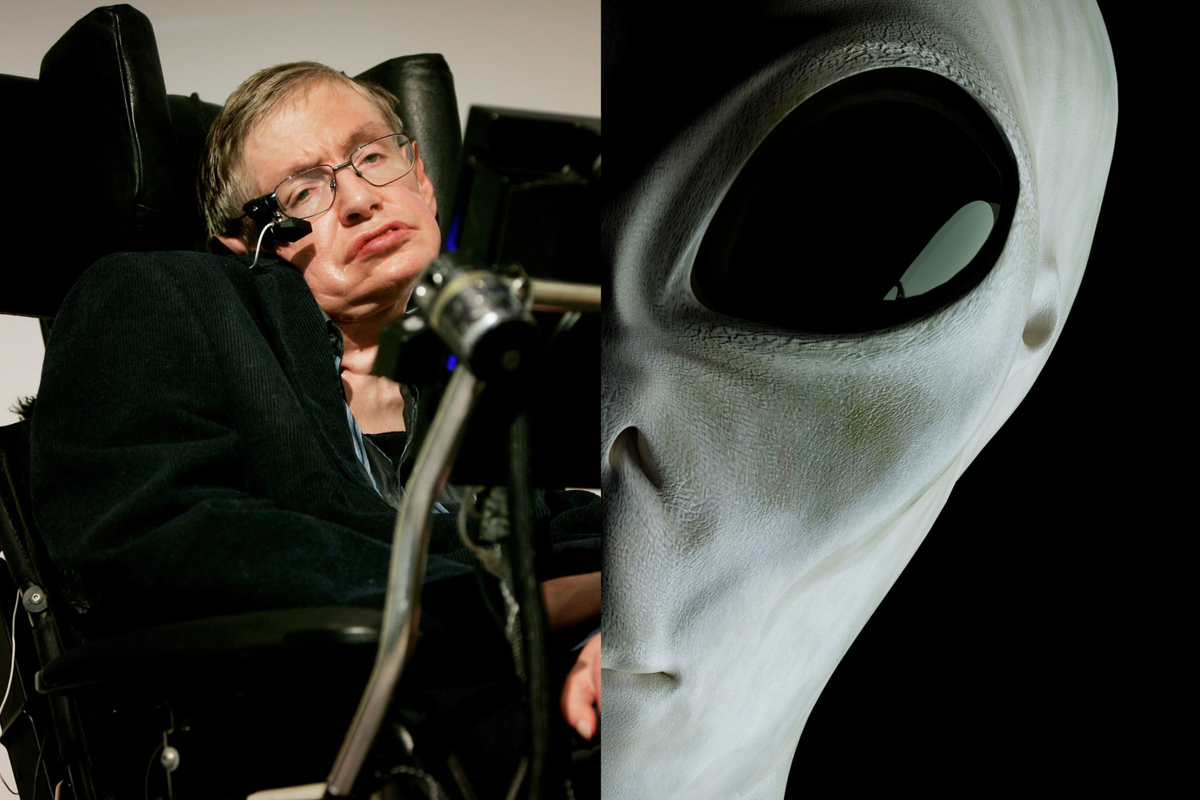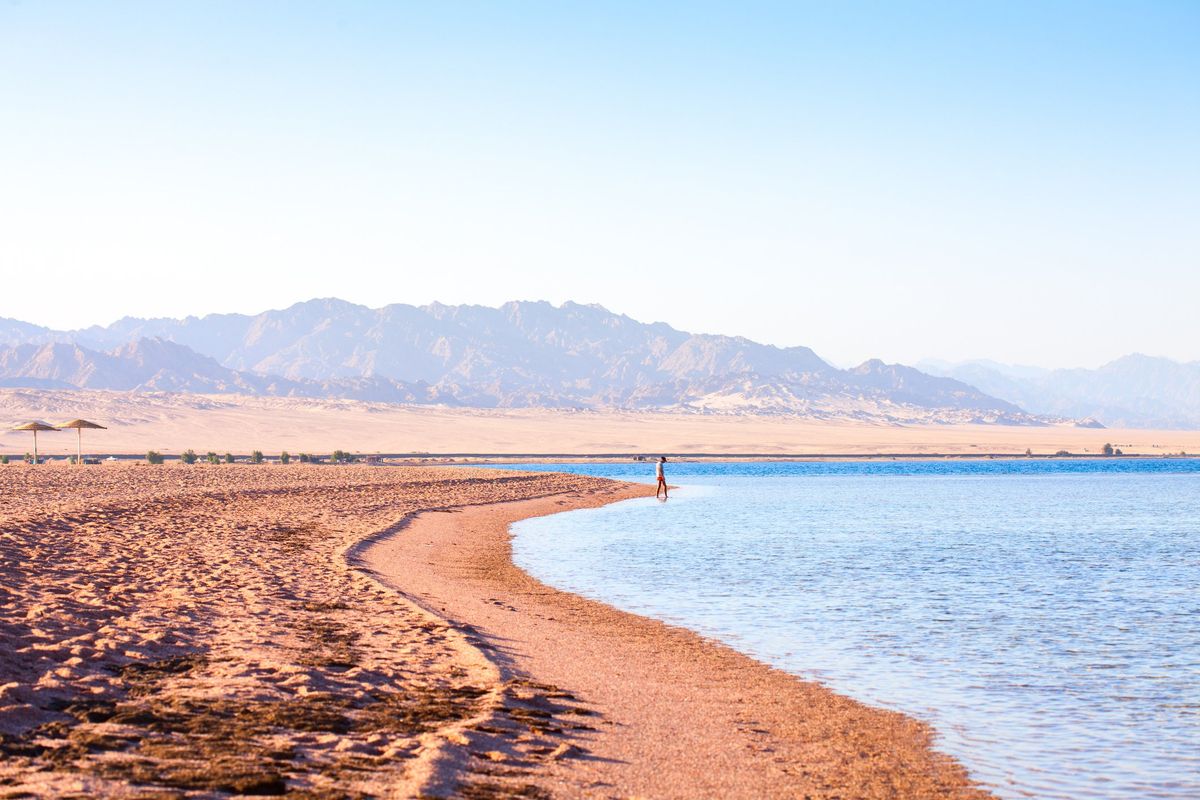Science & Tech
Harriet Brewis
May 29, 2024
Easter Island fire causes "irreparable" damage to sacred moai statues
Euronews Culture / VideoElephant
The imposing statues that line the coast of Easter Island have been an enigma to experts for centuries.
But now, archaeologists have finally answered one of the most burning questions surrounding the sculptures: why were they built?
The volcanic stone figures, called moai in the island’s native Polynesian language, are understood to have been carved between the years 1300 and 1600s.
And while it's generally acknowledged the iconic figures were dedicated to the island’s chiefs, no one could figure out why they were constructed in such specific areas.
The bulk of the 1,000-odd statues are situated along the coast of the Pacific island (also known as Rapa Nui) - a fact that left experts perpetually flummoxed.
And so researchers from New York’s Binghamton University decided to investigate these sites in depth. And, at last, they worked out that it was all to do with water.
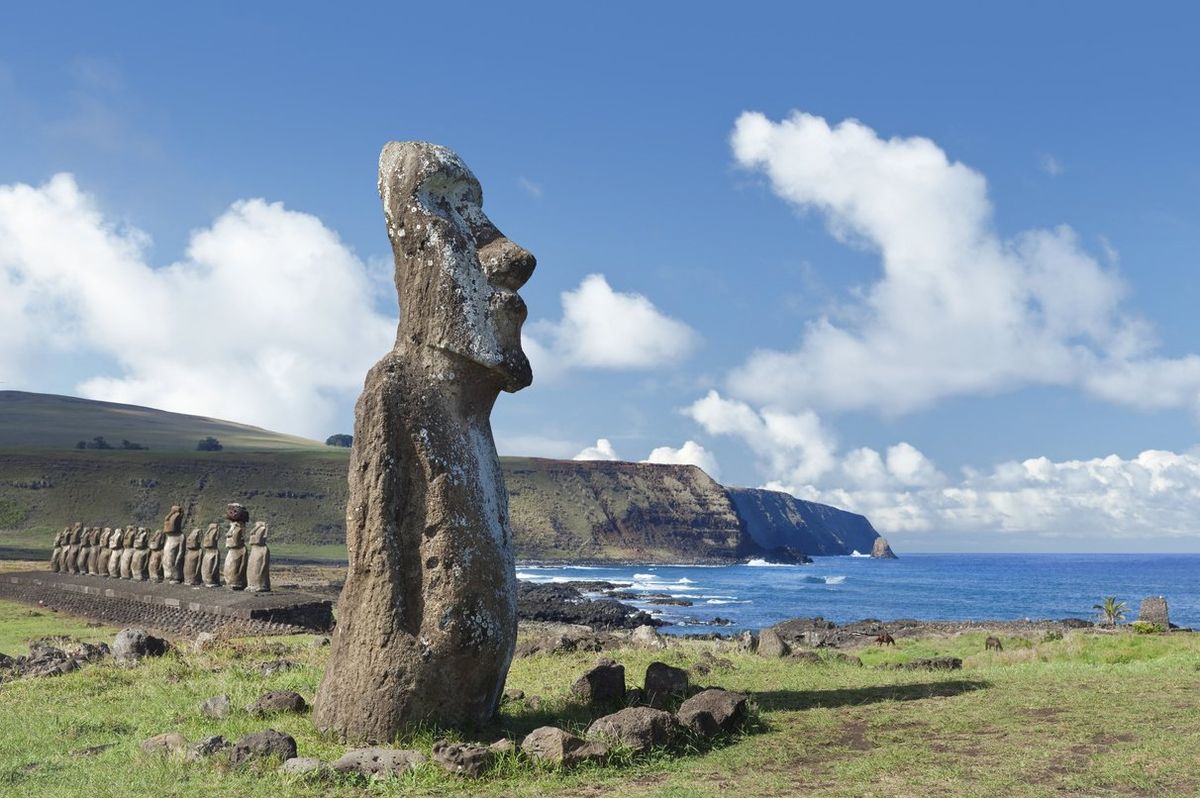
The team discovered only a small amount of freshwater is naturally available on the remote Chilean territory.
Therefore, hundreds of years ago, Rapa Nui’s inhabitants would have relied on groundwater discharge as their main source of drinking water.
Simply put, groundwater discharge is created from underground aquifers - layers of sediment or rock containing water. When the water in an aquifer reaches a certain saturation level, it can flow out of the ground and into surface water bodies - this is the groundwater discharge.
The process lets humans collect drinkable freshwater from directly where it emerges on the coast because its salt concentration is low enough to safely drink.
"The [island’s] porous volcanic soils quickly absorb rain, resulting in a lack of streams and rivers," Carl Lipo, an anthropologist at Binghamton University, explained in a statement.
"Fortunately, water beneath the ground flows downhill and ultimately exits the ground directly at the point at which the porous subterranean rock meets the ocean.
“When tides are low, this results in the flow of freshwater directly into the sea. Humans can thus take advantage of these sources of freshwater by capturing the water at these points."
By measuring the percentage of salt in the coastal waters, the scientists found a correlation between these freshwater supplies and the position of the statues.
“Now that we know more about the location of freshwater [...] the location of these monuments and other features makes tremendous sense,” Lipo said.
“They are positioned where freshwater is immediately available.”
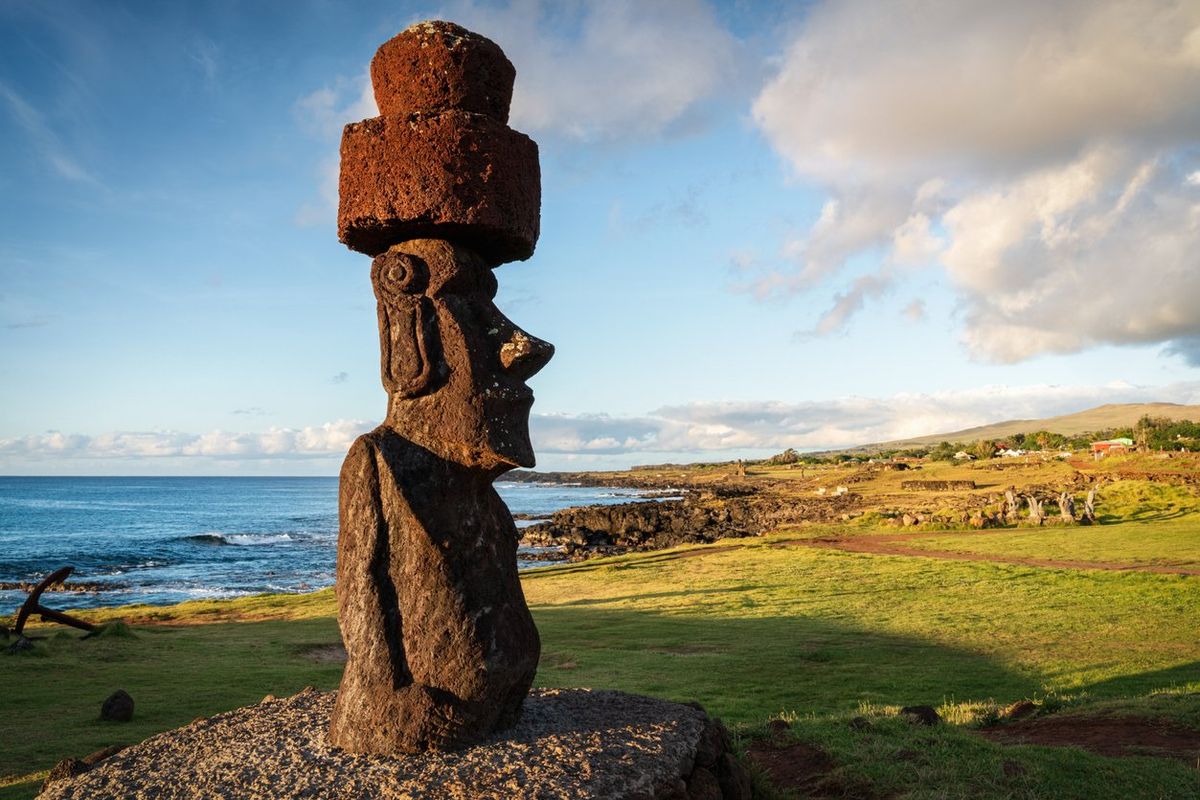
In order to track down the islanders’ main source of potable water, Lipo and his colleagues first had to eliminate other options as primary sources of freshwater.
The island only has two lakes - both of which are perilously hard to access - and a single spring which is “often reduced to a wetland bog”, according to the researchers.
After ruling out these and other small sources of freshwater on the island, the team concluded a different source of drinking water would have been necessary to sustain a population of thousands of people.
Furthermore, European accounts of their first encounters with the island, in the 18th century, include passages where the natives are described as simply drinking seawater.
This would have seemed unfathomable to the Dutch explorers who first reached Rapa Nui’s shores since the human body cannot process the high salt concentration of seawater.
In fact, what they would have witnessed was the islanders drinking brackish water - a mix of freshwater with a small amount of saltwater.
This, Lipo clarified, would not have contained harmful levels of salt but enough to mean that they wouldn’t have needed to add salt to their food.
The anthropologist said he and his colleagues now aimed to investigate a potential link between the availability of freshwater in certain locations and the methods used to build the moai.
"This information ultimately sheds light on the conditions that drove and enabled these communities to work together to achieve their feats of engineering," Lipo said.
"By gaining knowledge about community scale behaviour, we can gain insights into the general conditions necessary for group-level cooperation -- whether in the past or in contemporary society."
Sign up for our free Indy100 weekly newsletter
How to join the indy100's free WhatsApp channel
Have your say in our news democracy. Click the upvote icon at the top of the page to help raise this article through the indy100 rankings
Top 100
The Conversation (0)
